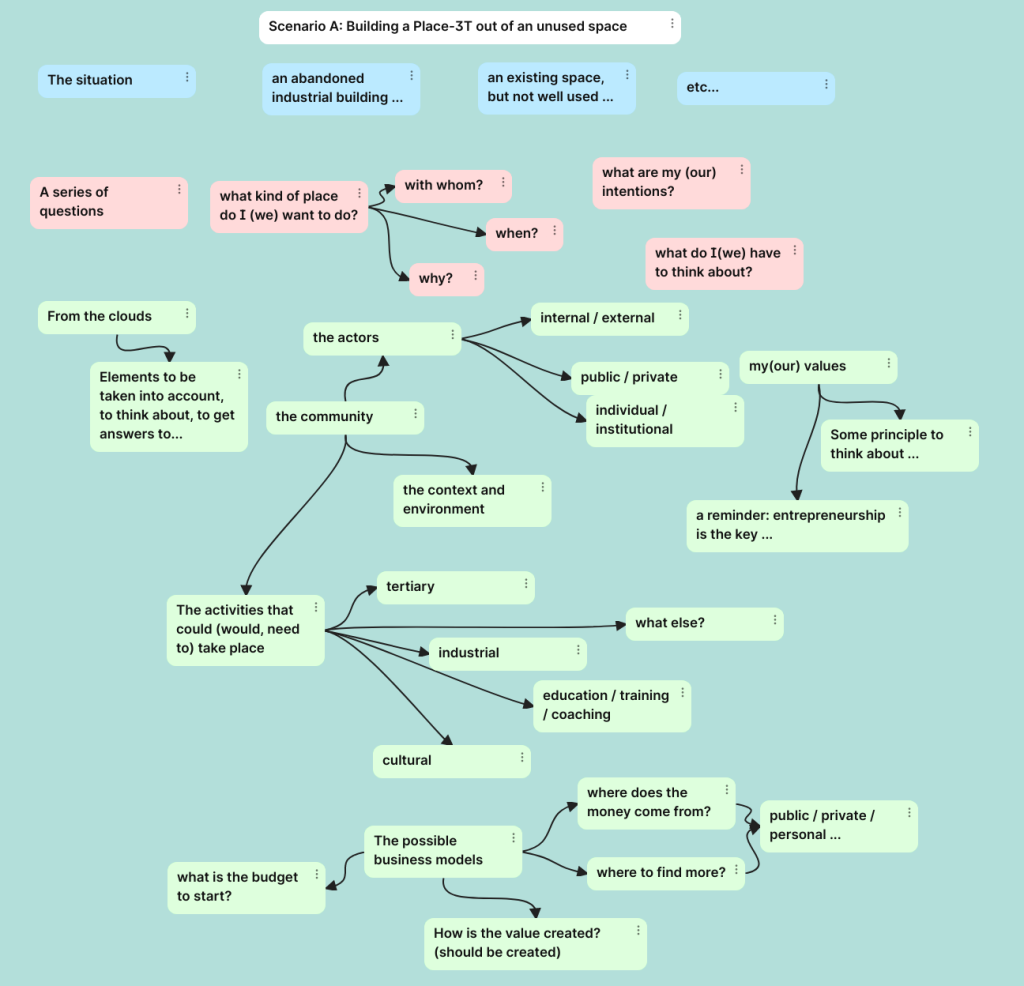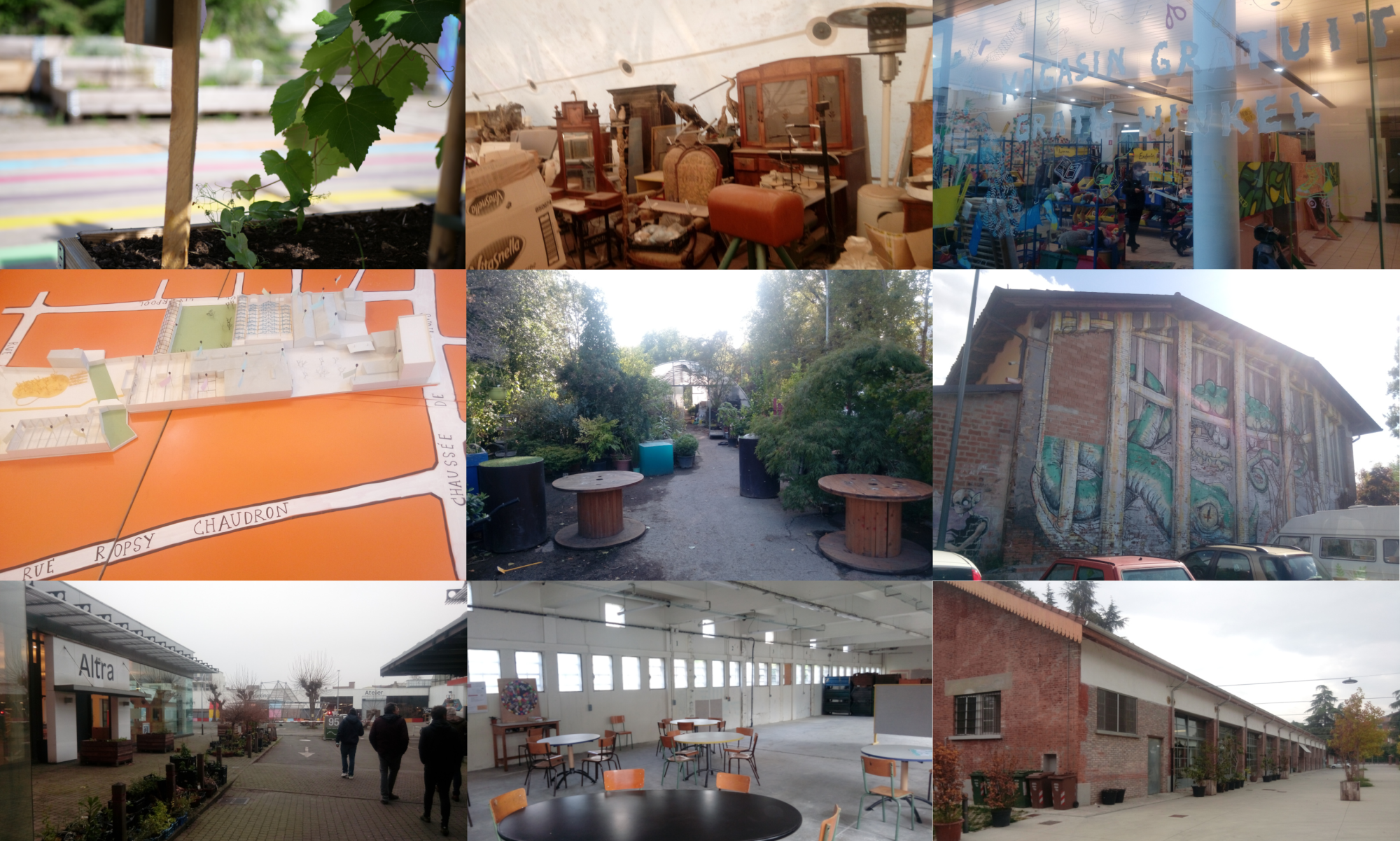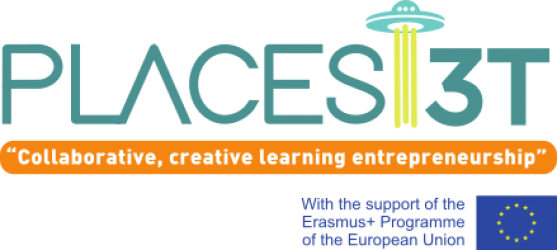You are at the very first step of your third-place design ?
You have a place but no idea on how to use this space ?
You want to have a fun, creative and collaborative brainstorm to allow all stakeholders involved in the third-place to imagine how your place is gonna look like, and what activities will be held ? You may want to try to imagine and build your future place with the game The Sims !
The game enables you to both brainstorm and have a live visualisation of your place, to build depending on the constraints you may have. You can follow this generic scenario to ask you the right question to have a rather complete draft idea of what you want your place to look like and whichs activities implement.

Discover an example of collaborative building of an online places-3T :
In this video you can follow the development of a workshop with several participants related to the newly opened Manu Village in Vénissieux.
The starting situation is that we have several empty spaces in the Sims neighbourhood, and we want to transform them into some community space.
Site selected : old quarry – industrial wasteland
Budget drawn 250.000 simflouz (high bracket)
Quick agreement on the community garden (among other possibilities such as an art and cultural center, a learning and coworking space, a community market…)
Constraint : It is not possible to modify the building structure > should we razed the whole or go with it ? Common decision : Keep the existing building to save time.
2nd constraint : the limestone soil and pollution : need to use vegetable containers to have a good soil quality
Selection of activities :
- Primary activity is : community garden
This activity leads us to the question: What to do with the harvest of the vegetable garden? - Drawing of a secondary activity : After having built the garden, we wandered what to do with the production We decided to include a kitchen, to cook local products : We built a shared kitchen which could be used to prepare meals and sell them / for cooking classes / for insertion training
How to use interior space ?
- hall: common room / event / vegetable sale
- Small room: storage
- Upstairs room: bar or restaurant > bar
Interior design : A disagreement appeared among participants on decoration / furnishing: some wanted reused material, and others classy furnitures. We had the budget for classy so we went that way without having reached a clear consensus. The design phase allow to highlight some disagreement on the global vision of the place “atmosphere” and underlying different vision of the partners’ approach about the place. This question about the place atmosphere is also very important in terms of inclusion : who do you want to feel at ease in the place, how to facilitate the involvement of people from the surroundings ? Who lives in the neighborhood and what are their needs and habits? The question of inclusion is also obviously linked to the acessibility in material and financial terms, but for this matter you may refer to other mini cools about business plan !
Learning outcomes / audience
Draw a general idea of the place activities, build common expectations, define expected activities, have a general idea of the construction work to do and of the place expected design.
Authors
FREREF
More info
For more information you may write to freref@freref.eu

